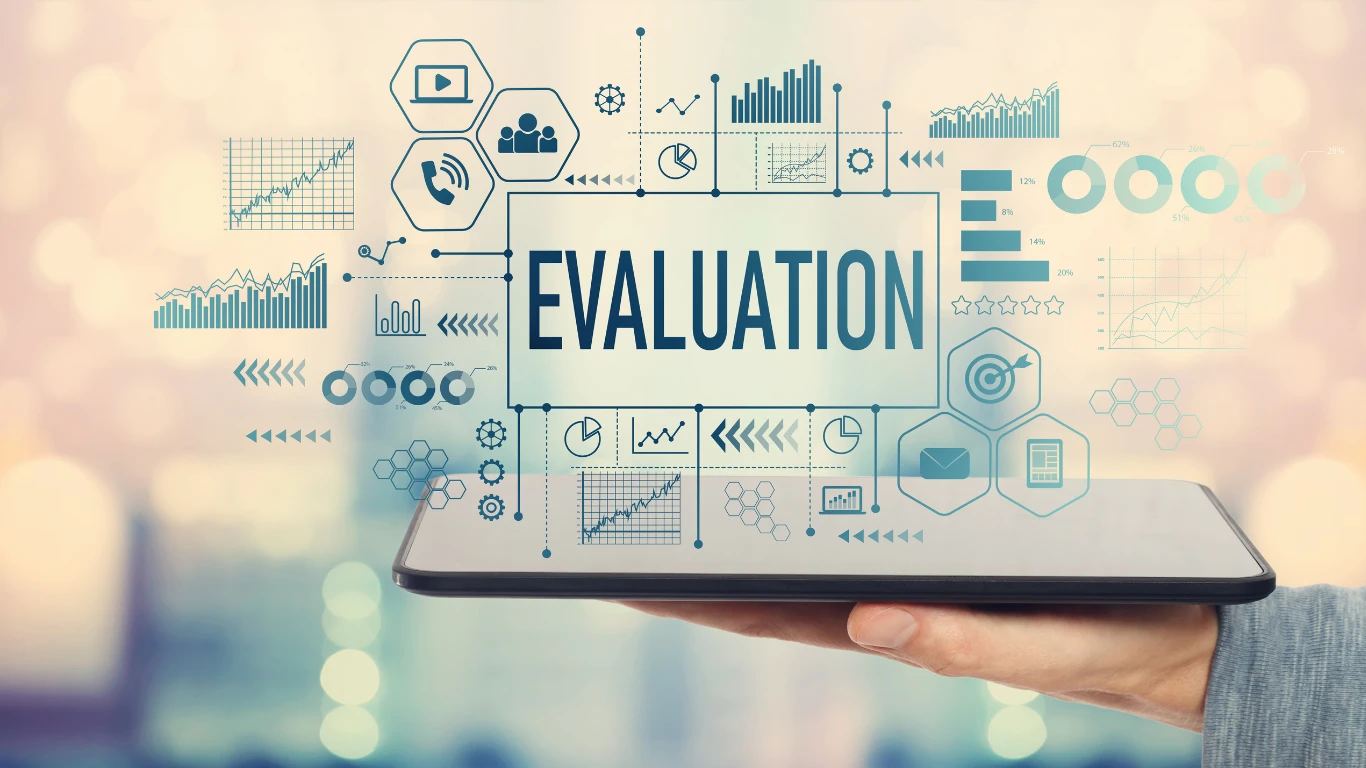Whether you are initiating an Enterprise Resource Planning (ERP) assessment or are during one, reviewing and validating your selection parameters is critical. The stakes are exceptionally high given that half of ERP projects fail to meet their expected Go-Live timeline and many face substantial challenges. No organization wishes to be associated with an unsuccessful ERP implementation.
By establishing a well-structured evaluation approach that incorporates the appropriate selection parameters, businesses can enhance the likelihood of choosing the most suitable ERP vendor or solution provider.
Preliminary Steps Before Evaluating ERP Ranking Parameters
- Have you formulated a comprehensive Business Requirements Document (BRD)? If yes, proceed to the next section.
- Have you identified the discrepancies between your ideal ERP system and the current operational challenges?
- If you have not yet created a BRD or are uncertain about the process, consider referring to guidelines on initiating an ERP evaluation effectively.
Key Factors Influencing Return on Investment (ROI) and Total Cost of Ownership (TCO) for Cloud ERP Systems
Almost over 90% of new ERP implementations are based on cloud deployments, stumping cloud-based ERP is the leader in the industry. Analyzing this trend your organization is likely to implement a Cloud-based ERP system which is modern and efficient.
After determining the benefits of an optimal solution over your existing system, the next step is to evaluate the financial commitment required for a new cloud ERP system.
Initial Capital Investment
- ERP System Deployment and Configuration: The setup process is intricate, necessitating professional assistance. The ERP vendor or a specialized solution provider will handle installation and system configuration.
Annual Operational Expenditures
- Software Licensing Fees: These cover the core ERP solution, and any additional modules required.
- User Access Costs: Licensing is typically based on the number of users, making it advisable to start with a minimal number and expand as needed.
- Support and Maintenance Fees: These may be a fixed yearly charge or a percentage of the software licensing cost.
- Training Expenses: Initial training is generally included in the implementation package, but ongoing training requirements may incur additional costs.
Additional Considerations for ROI and TCO Calculations
- Integration with Existing Systems: The new ERP solution must be capable of integrating with current business applications. If integration is not feasible, additional costs for system replacement should be factored in.
- Implementation Duration: ERP deployment timelines vary, ranging from a few months to over a year. Extended timelines delay the ROI realization period, whereas a shorter implementation accelerates financial benefits.
- Customization Requirements: Initial modifications may be necessary, and future adjustments might be required as business operations evolve. Evaluating the vendor’s expertise in executing customizations is essential.
Other Critical Selection Considerations
- Vendor Industry Knowledge: Beyond assessing software-related costs, it is crucial to verify that the ERP provider has extensive experience within your industry. A successful track record of prior implementations in similar business domains is a key indicator of competency.
Requesting an implementation roadmap is another valuable approach. For example, data migration from legacy systems to the new ERP solution is a critical success factor. A poorly executed data transfer can result in substantial setbacks, making it prudent to request a sample migration plan from the vendor. - Vendor Product Development Strategy: It’s critical that your ERP system is sufficiently adaptable to adapt to changes in the business environment. It is frequently a sign that the vendor is not keeping its solutions current with industry developments when your present ERP solution begins to feel more like a square peg in a circle.
So, diving into the vendor’s product development roadmap becomes vital. It’ll give you a clearer picture of whether their future mesh well with what your organization aims to achieve down the line. This exploration sheds light on whether that potential partner’s long-term vision is in sync with your operational needs. - Technological Advancements: These days, the newest developments in ERP systems are all about increasing operational efficiency. Artificial Intelligence (AI) and Machine Learning (ML) are fusion to create unique business opportunities that are predictive insights and optimize workflows, which will increase their decision-making processes manifold.
But wait, there’s more! The Internet of Things (IoT) steps in to enable seamless data sharing between devices and the ERP framework, creating a dynamic environment for real-time insights. And let’s not overlook blockchain technology—this powerhouse not only streamlines transactions but also cuts down on costs significantly. - User Experience and Vendor Relationship: Choosing an ERP provider establishes a long-term collaboration. While the purchase is a financial transaction, the engagement extends well beyond that phase. Consider addressing the following inquiries before finalizing your decision:
- Is the procurement process straightforward and efficient?
- Does the vendor foster positive interactions with your team?
- Is the ERP provider one that your organization would recommend to others?
Conclusion
The aspects discussed in this blog serve as a structured framework for defining ERP evaluation parameters. Different organizations may adopt various approaches, such as assigning weighted scores to each criterion or incorporating additional selection factors.
Ultimately, this information aims to support businesses in making an informed ERP selection, ensuring a successful implementation, enhancing operational efficiency, and mitigating workplace challenges.







